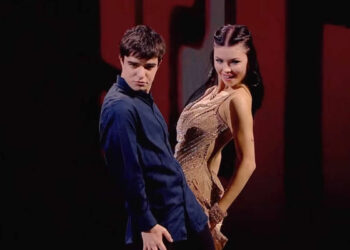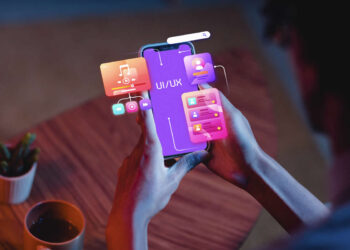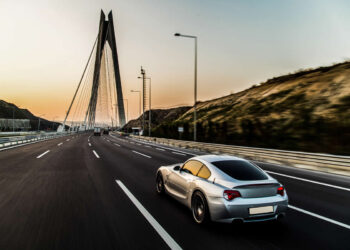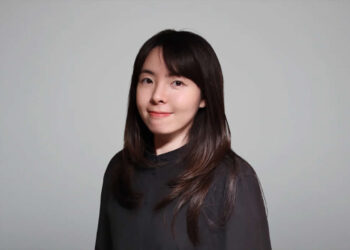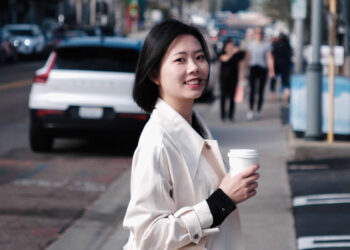To most difficult thing for me is a portrait. You have to try and put your camera between the skin of a person and his shirt. – Henri Cartier-Bresson
If you don’t like people, portrait photography is not a wise choice for your photographic career. Unlike several other areas of photography, portraiture is personal. It is based on the interaction between the subject and the photographer. Portrait photography is a conscious act that involves cooperation on the part of both the subject and the photographer.
With portraiture, the idea is to use the likeness to communicate something about the people in the portraits, their personality, their essence. For this reason, it is necessary to have a relationship between a photographer and a subject rather than a subject and a machine. Even if the photographer has a recognizable style and intends to use it, the portrait is still about the subject – and the photographer needs to communicate this to the subject.
Photos by Liliia Beda
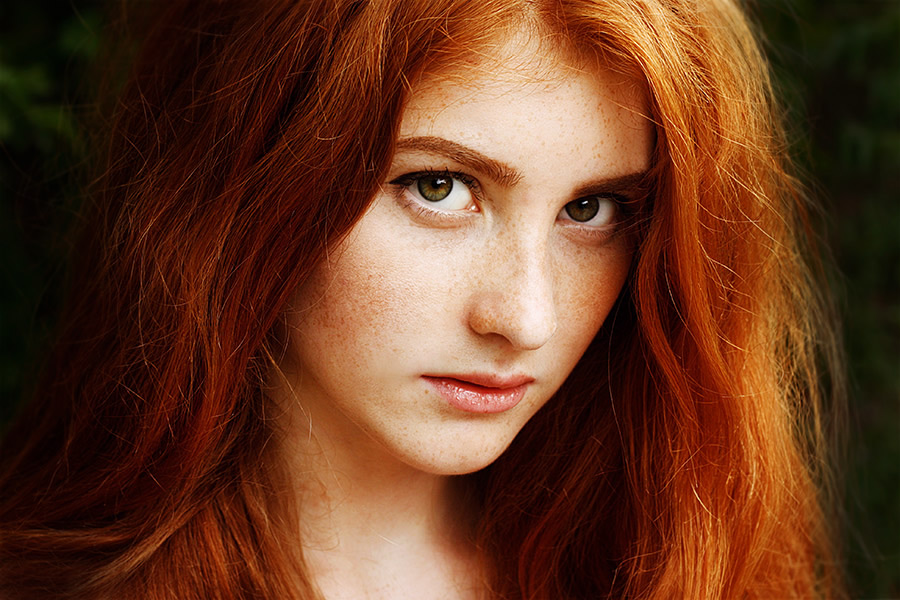
#1 History of Photographic Portraiture
Early times, humankind has used pictures to describe, communicate, remember, and celebrate. The portrait was a natural extension of these uses. As societies developed, important individuals soon became the subjects of pictures. Historical portraiture is replete with changes in style and technique as societal conventions dictated how people would be portrayed. During many periods, portraits were idealized to convey the importance rather than the reality of the person.
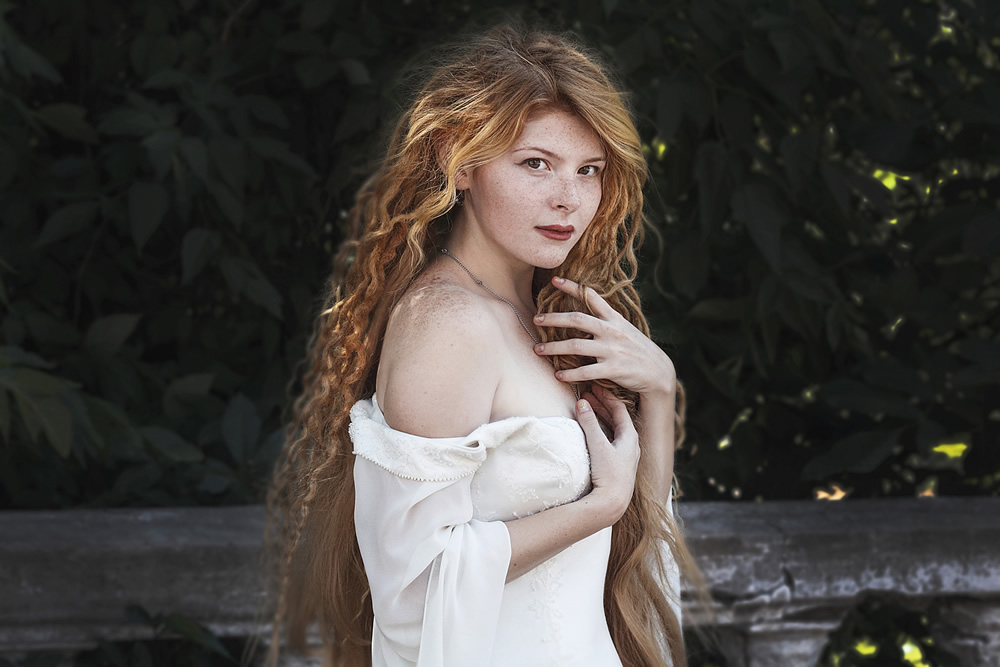
#2 Understanding People
If you are going to make dynamic photos that reveal something about your portrait subjects, first have to understand something about people. Not just people in general, but your specific subject – the person in front of you who is sitting for a portrait because she or he has paid you to have a photo made because you want to take their photo, or for whatever reason.
Depending upon the circumstances, you may not know much about your subjects before you begin your portrait session. Of course, the opposite is possible-you may be photographing your family and have a lifetime of knowledge about them.
If you don’t know much about your subject, and your time to learn about them is short, then you’ll have to rely on your instinct, intuition, and general knowledge of people. You can also fall back on some general techniques for interacting with and learning about people.
- People want to be understood, and to relate to the photographer making their portrait.
- It’s important to portrait subjects to have a voice in “their” photos.
- Portrait subjects will usually sense when you are intending to treat them with respect.
- People like to talk about themselves. It’s the rare portrait subject that won’t tell you his or her life story if you ask.
To be a good portrait photographer it certainly helps to be curious about people.
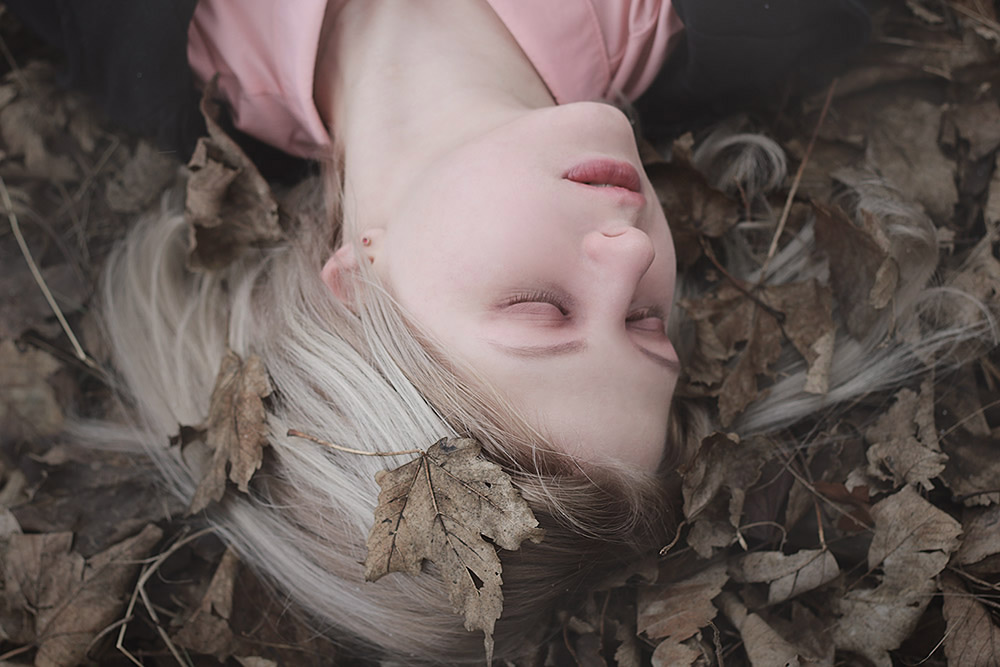
#3 Styles of Portrait Photography
There are many different techniques for portrait photography. Often it is desirable to capture the subject’s eyes and face in sharp focus while allowing other less important elements to be rendered in a soft focus. At other times, portraits of individual features might be the focus of a composition such as the hands, eyes, or part of the subject’s torso.
Additionally, another style such as headshot has come out of the portraiture technique and had become a style on its own.
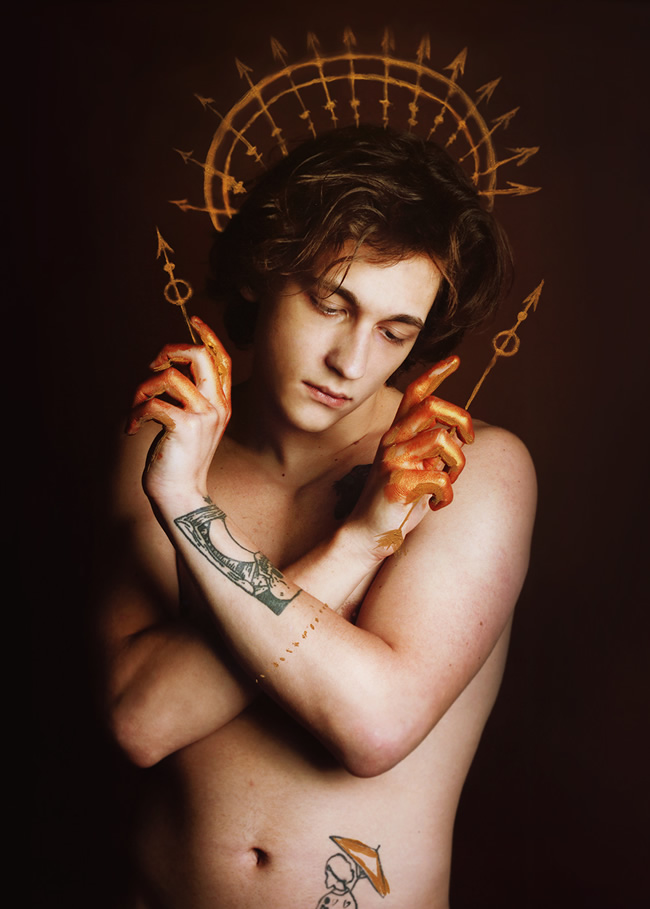
#4 Light Dynamics
Light Dynamics are what make portraits possible. This has always been true with painting, and it is true now with digital portraiture. Photographers, as well as painters, use light to make portraits come alive and have form and volume through the addition of highlights and shadows. While light dynamics enliven portraits, we seldom see the light source itself. When light is visible in a portrait. We generally see the light that is scattered, reflected by small particles in the air (dust, humidity, etc.) or emanated by an incident source.
There are four light dynamics that define the quality of the light used in portraiture:
- Highlights and Shadows
- Intensity
- The direction of the light
- Color bias
Whether we create light quality ourselves or find the light in a natural setting, these four factors control the light used to make a portrait.
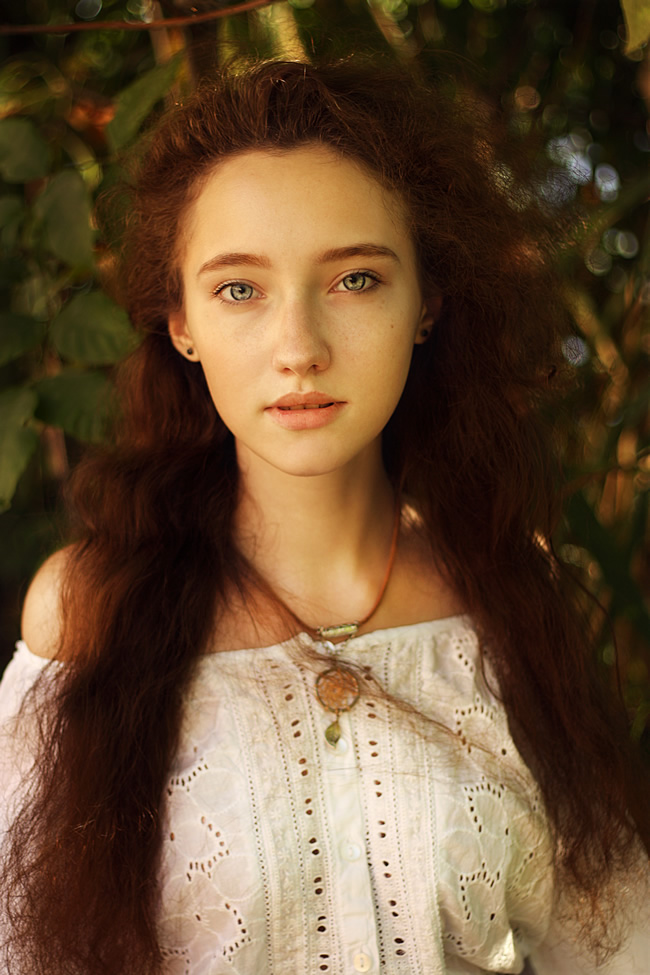
#5 Lighting Sources
When portrait photographs are composed and captured in a studio, the professional photographer has control over the lighting of the composition of the subject and can adjust direction and intensity. There are many ways to light a subject’s face, but there are several common lighting plans which are easy enough to describe. To do this, we need to understand how to control light.
- Continuous Light
- Ambient Light
- Window Light
- Strobe Light
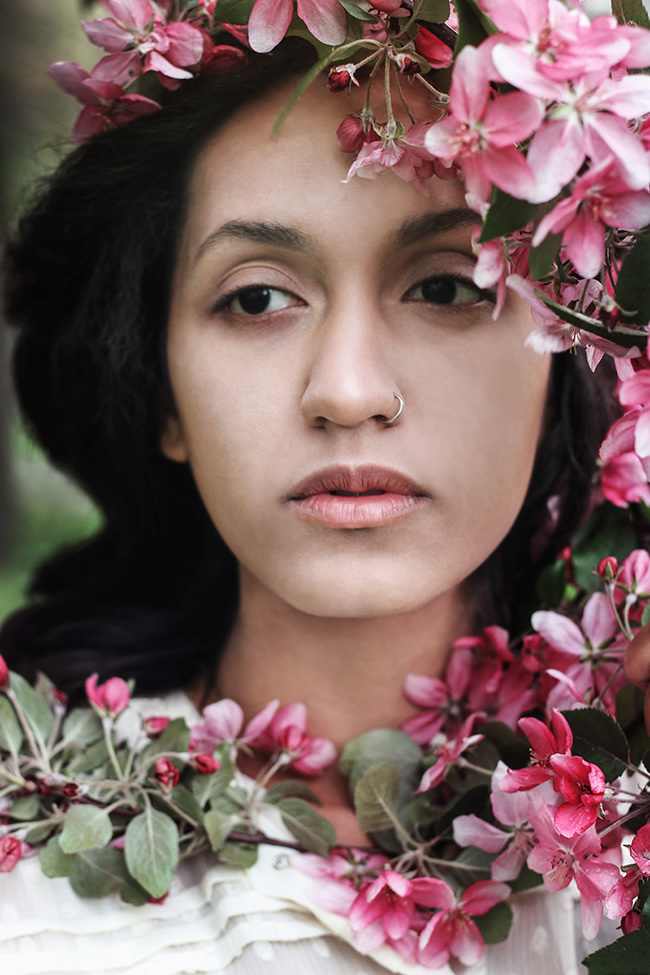
#6 Lighting Setups
While we show the basic setup with a diffused source for the key light, the specularity of the key light determines the “hardness” of the portrait. In most portraiture, there is a desire to soften the LD Edge, smooth the skin, and avoid accenting the angularity of the face, but there are situations where high contrast and harsh lighting are useful. In these situations, the key light’s size, various light modifiers, and the light’s distance from the subject can be manipulated to change the specularity of the portrait.
- One Light
- Two Lights
- Three Lights
- Four Lights
- Clamshells
- Form Fill
- Waking the Light
- Specular Accent as Fill
- Glamour Lighting
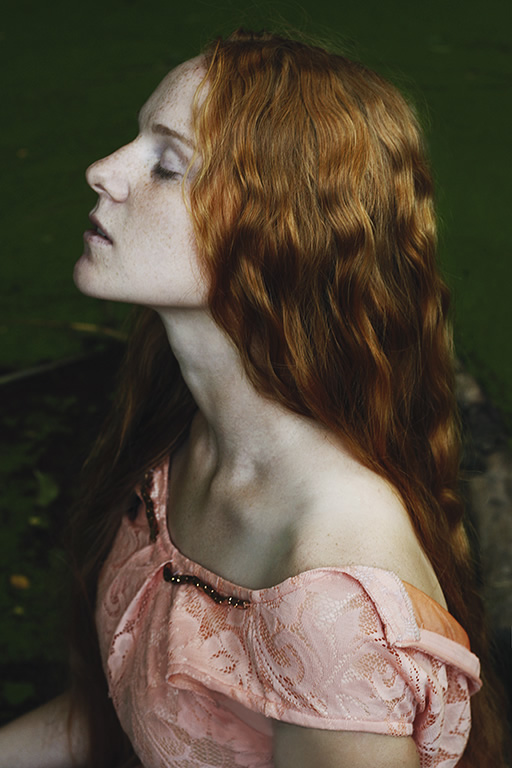
#7 Backgrounds
It’s very important to make sure that your background is chosen to work well with your portrait subject in the studio. It’s hard to go wrong with black background (for low-key, dark portraits) or white background (for high-key, bright portraits), but do make sure your choice works well for both the skin tones of your subjects and for the image you have pre-visualized. It’s worth bearing in mind that dark skin tones may not show up well on a black background.
If you do shoot with a colored background in the studio, you should keep the tone and attitude of the photograph in mind. For example, a light blue background can look good with a dark-skinned subject, and red background can be used to present a blond subject as brassy and bold.
Don’t neglect the possibility of improvising backgrounds. There’s more to life in the studio than a seamless paper on a roll. You might be amazed at what can be done with ordinary materials such as crumpled paper, corrugated cardboard, and bits of fabric.
When shooting outside, remember to keep in mind both the background and the portrait subject in the foreground. Before during, and after you make a casual portrait outdoors, or an environmental portrait in the condition that you don’t entirely control, check your composition. If there’s a visual flaw in the background, try to fix it-for example, by moving your camera position, or by asking your subject to move.
Another possibility with portraits, even those take outdoors, is to bring your own background. It’s easy to pop a black cloth into position, and all of a sudden have an uncluttered background that presents your subject with clarity.
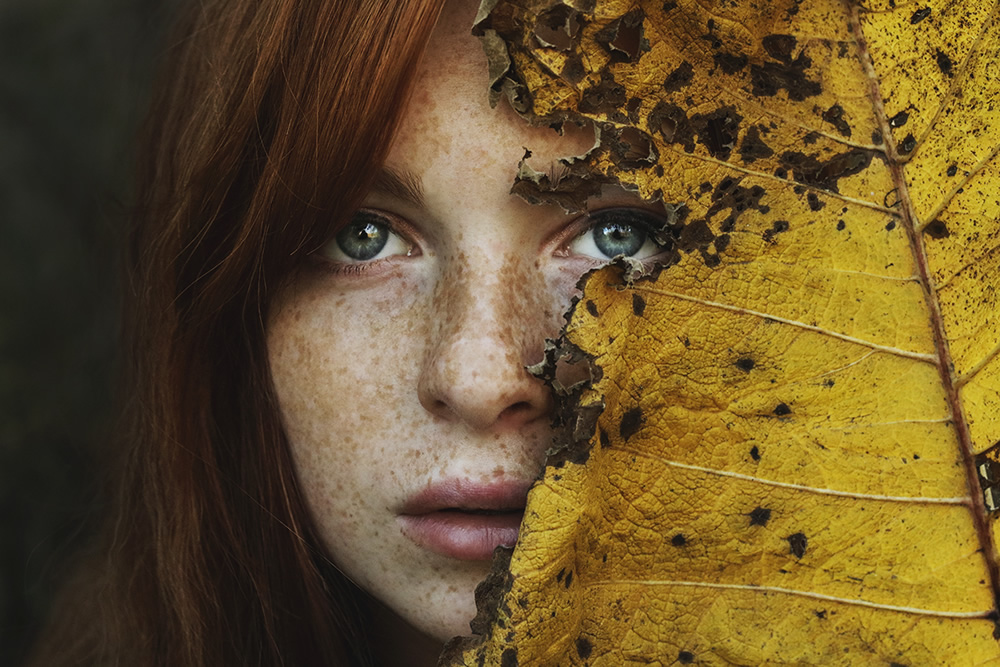
#8 Composing Portraits
Composing portraits is great to deal like composing any photograph. You need to consider the formal aspects of composition; the lines, shapes, patterns, framing, and colors involved. For this aspect of portrait composition, it is often helpful to think of your subject like a landscape. It really doesn’t matter whether you are photographing a starlet in a hula hoop or a dramatic mountainside; the composition is composition.
As with any photograph, how you compose your portrait will telegraph to the viewer what is important within the image. You need to take care to place subjects within your frames and in relationship to other elements of the image in a way that is visually interesting and tells a story.
When looking at a photo, a viewer’s eye tends to go first to a brighter area that is in focus. It’s also natural to first look at the eyes in a portrait. The eyes are a very central element in the composition of any photo that involves portraiture. If there is a face in the photo, probably the eyes of your subject should be in focus.
Don’t underestimate the impacts of detail. Many times jewelry, small things that a person is wearing, or a hand gesture can tell us a great deal about a person. We aren’t always conscious of the source of our information, but most of us are able to read these intimate visual cues to form a picture of the complete person.
Photographic composition of photos of people does differ from the composition of inanimate subjects such as landscapes in one important way: you can direct, or suggest, that people move to a location or pose in a special way.
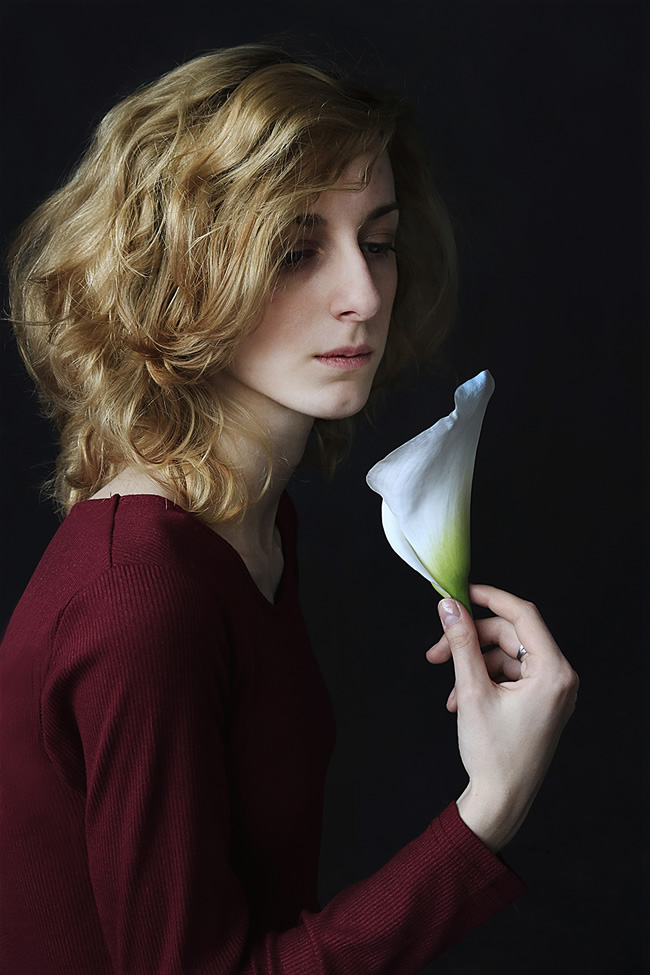
#9 Posing
The human form, it can be shaped and proportioned to be one of the most beautiful subjects on earth. At the same time, the body can be arranged in such a way that it makes even the most attractive person look disfigured.
Types of poses:
Once you find out the purpose of the portrait, then you need to select a posing style that will be appropriate for the final portrait. Basically there are four posing styles to work with:
- Traditional Posing
- Casual Posing
- Journalistic Posing
- Glamorous Posing
Six things you never do in Posing:
- The face is never turned away from the main light
- The shoulders, waist, and hips are never squared off to the camera
- The arms are never posed in contact with the side of the body
- The chin is never lowered to a point where it diminishes the catchlights in the eyes from the main light
- The spine never forms a vertical line and the shoulders never form a horizontal line in the frame
- Make sure to never have an expression on your face you don’t want on the client’s face in the portrait.
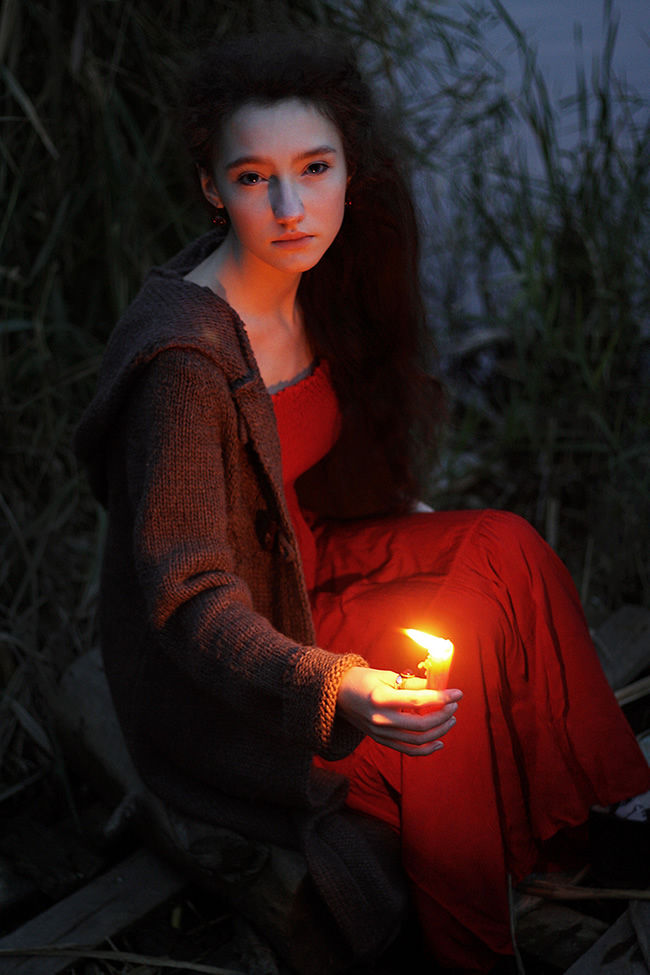
Inspiration from:
The Portrait: Understanding Portrait Photography, Creative Portraits– Digital Photography Tips and Techniques, Posing for Portrait Photography, and Wikipedia.
Useful Books for Portrait Photography
- The Portrait: Understanding Portrait Photography by Glenn Rand and Tim Meyer
- Creative Portraits: Digital Photography Tips and Techniques By Harold Davis
- Posing for Portrait Photography: A Head-to-Toe Guide by Jeff Smith
- Portrait Photography: Secrets of Posing & Lighting by Mark Cleghorn
- Lighting Techniques for Fashion and Glamour Photography by Stephen A. Dantzig
- Professional Portrait Lighting: Techniques and Images from Master Photographers by Michelle Perkins


